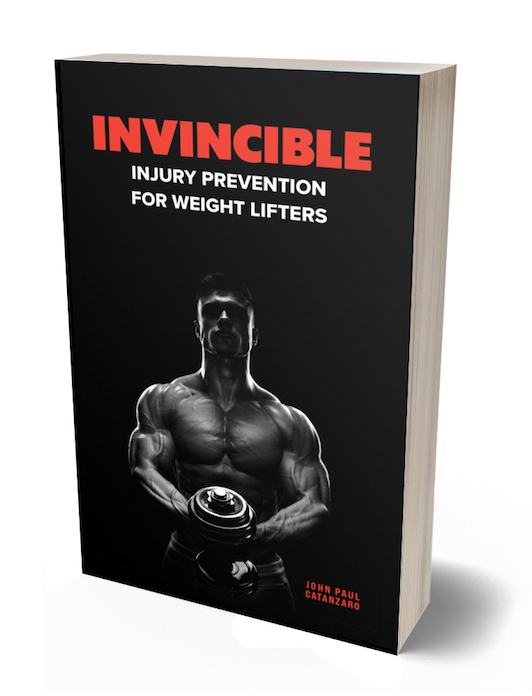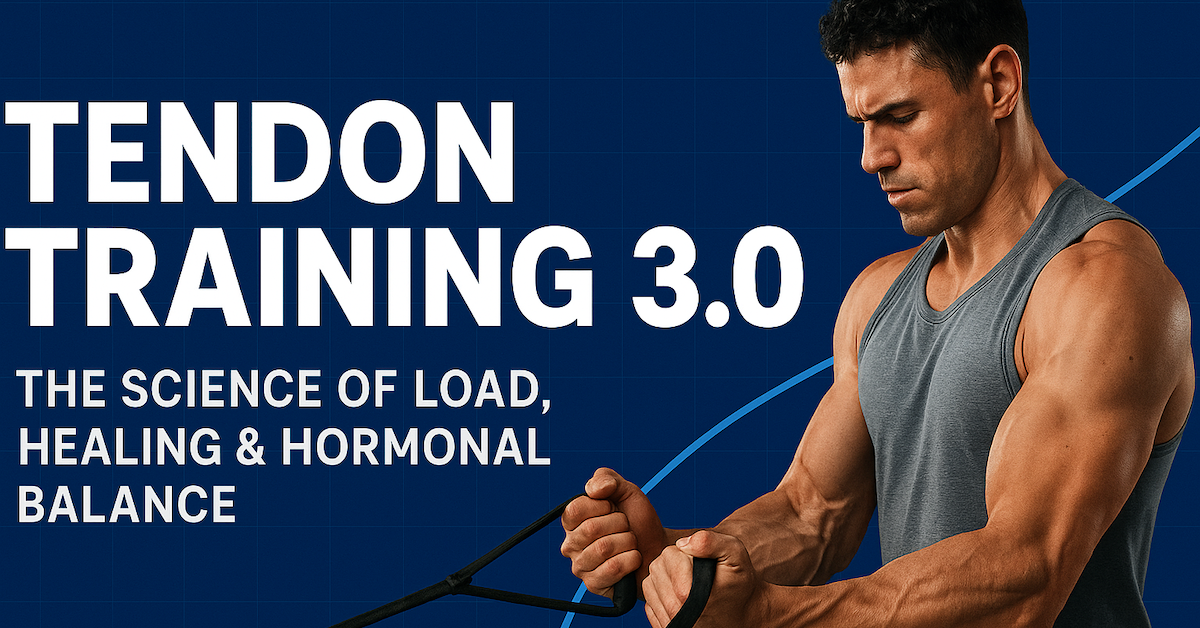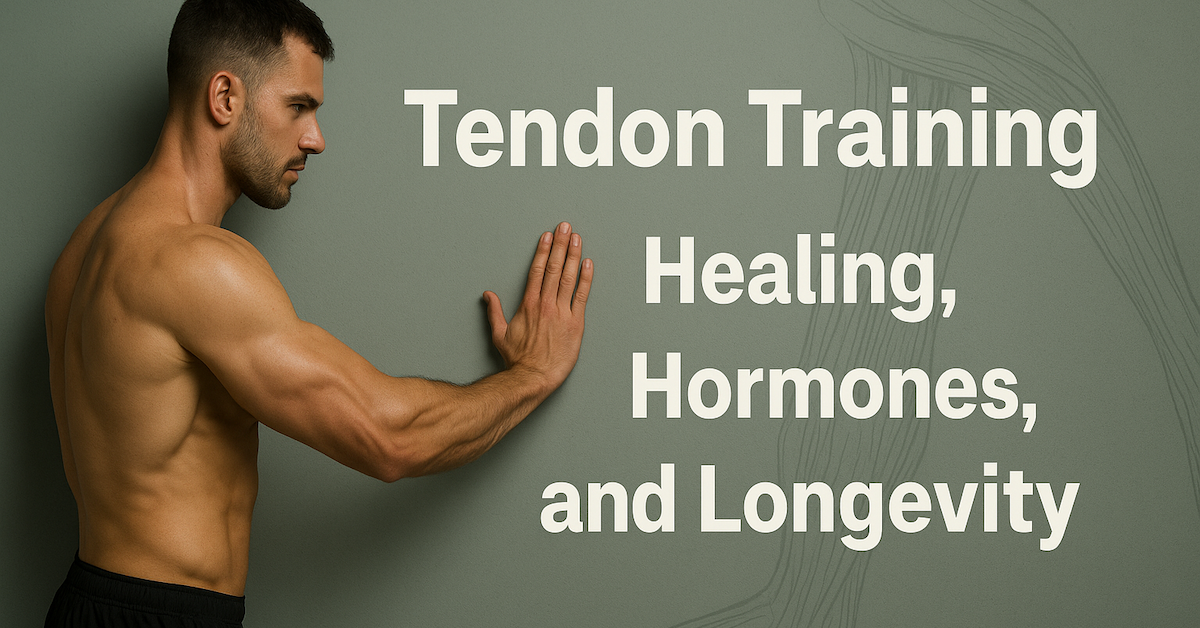If you haven’t heard, it’s no longer cool to rest and ice an injury. Forget the old RICE method and start using METH instead. I coined the acronym over a decade ago in this article, and it’s been popular ever since—for good reason: it works!
METH stands for movement, elevation, traction, and heat. Notice how movement comes first? That’s intentional—it’s the priority! In fact, movement is involved in every aspect of METH. Let’s break it down.
Movement
Choose a pain-free movement that works for you—walking, cycling, rowing, or swimming are great options. If you’re in a cast, even wiggling your fingers or toes counts. The key is to pick something that doesn’t cause pain—or better yet, relieves it. For athletes, concentric-based movements like cycling or sled dragging are ideal since they don’t cause muscle damage. For most people, walking does the trick.
Elevation
Think of pushing a wheelbarrow—it’s easier downhill than uphill. Gravity works the same way for healing. Whenever possible, elevate the injured limb above heart level, then add movement to encourage drainage.
Traction
Applying traction opens up a joint, allowing nutrients in, increasing range of motion, and decreasing pain. You can use resistance bands for joint traction (see this ankle example). For the spine, try hanging from a bar or lying over a foam roller. Just remember—if you use a passive method, follow it with movement.
Heat
Moist heat improves circulation, bringing nutrients and healing factors to the injured area. But here’s the catch—you must move while applying heat. Otherwise, you risk swelling, increased pain, or even myositis ossificans. To learn more, check out my appearance on the FSM Sports Game Changers Podcast.

Active Recovery Rules
If you want to speed up recovery, you need to move! Bodywork can be helpful, but it’s not enough. Passive treatments may give temporary relief, but unless you move afterward, the benefit fades. As Stan Efferding says:
“There are many externally imposed recovery actions and strategies that elicit movement. But, it’s the movement itself that elicits recovery.”
Bottom Line: Movement is key to healing. Whether you’re bouncing back from a workout or an injury, move—and move often!

Invincible: Injury Prevention for Weight Lifters
What’s the best treatment for an injury? Prevention before it even occurs.
That’s what this dynamic book is about. Decades of experience funneled down to accessible, straightforward, injury-prevention gold. Catanzaro skillfully packs this resource with tips and tricks, while keeping the reading light and entertaining. Wherever you are in your lifting career, you’ll find something here that you can go out and implement today. While it’s geared toward the mature lifter, this content is invaluable to the beginner as well. A small tweak here and there in the way you train can make a huge difference to armor your body and get results. And if you’re already dealing with a stubborn injury, get ready for some novel treatments to get you back to fighting shape in no time. Learn to put the right principles in place both in and out of the gym, and soon you’ll be Invincible!

Tendon Training 3.0: The Science of Load, Healing, and Hormonal Balance
If you’ve followed our tendon training series so far, you know that Dr. Keith Baar’s research has reshaped how we

Tendon Training 2.0: Advanced Insights on Healing, Hormones, and Longevity
If you haven’t read Part 1 — The 10-Minute Tendon Protocol: How to Build Stronger, Injury-Proof Tissue — start there

The 10-Minute Tendon Protocol: How to Build Stronger, Injury-Proof Tissue
Most athletes train muscles. The smart ones train tendons. The problem? Tendons don’t give you warning signs. There’s no such
follow
Error: No feed with the ID 2 found.
Please go to the Instagram Feed settings page to create a feed.
